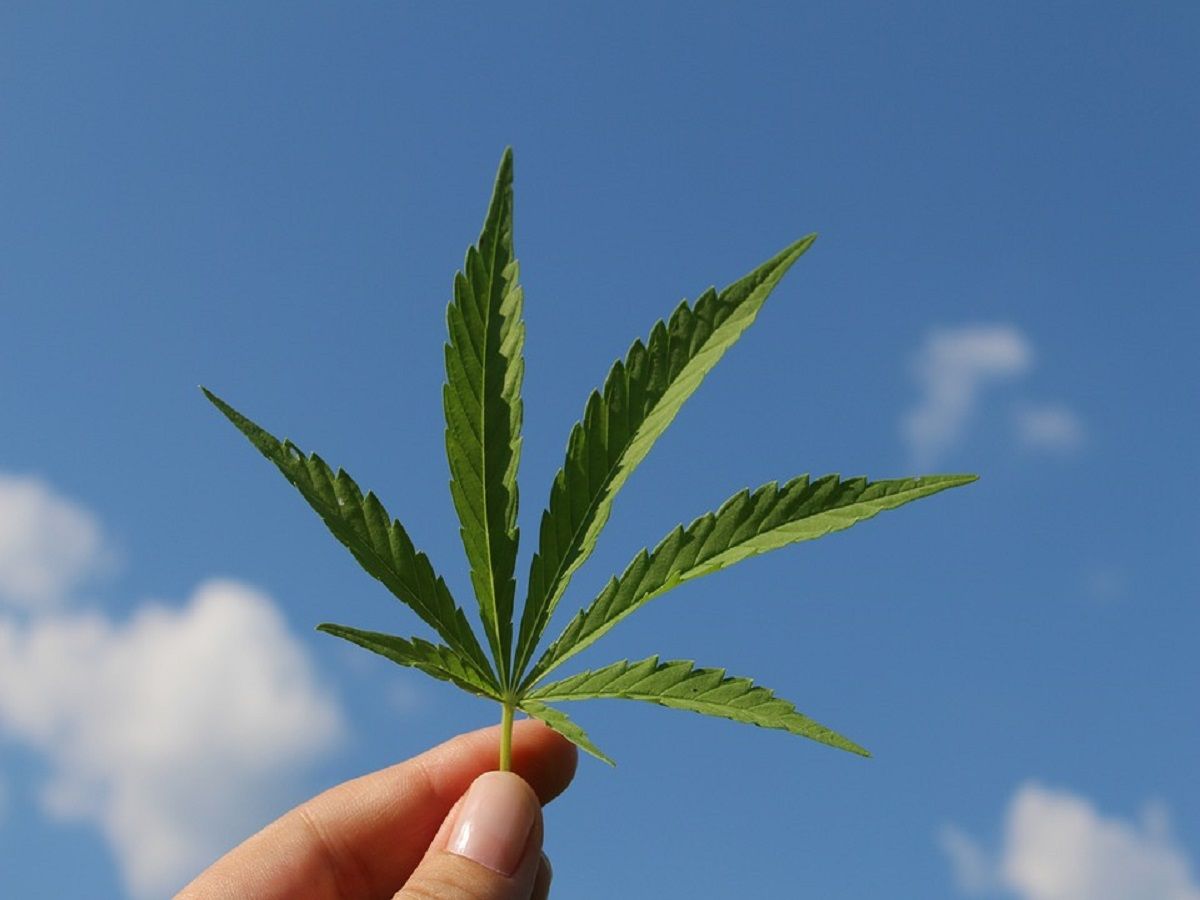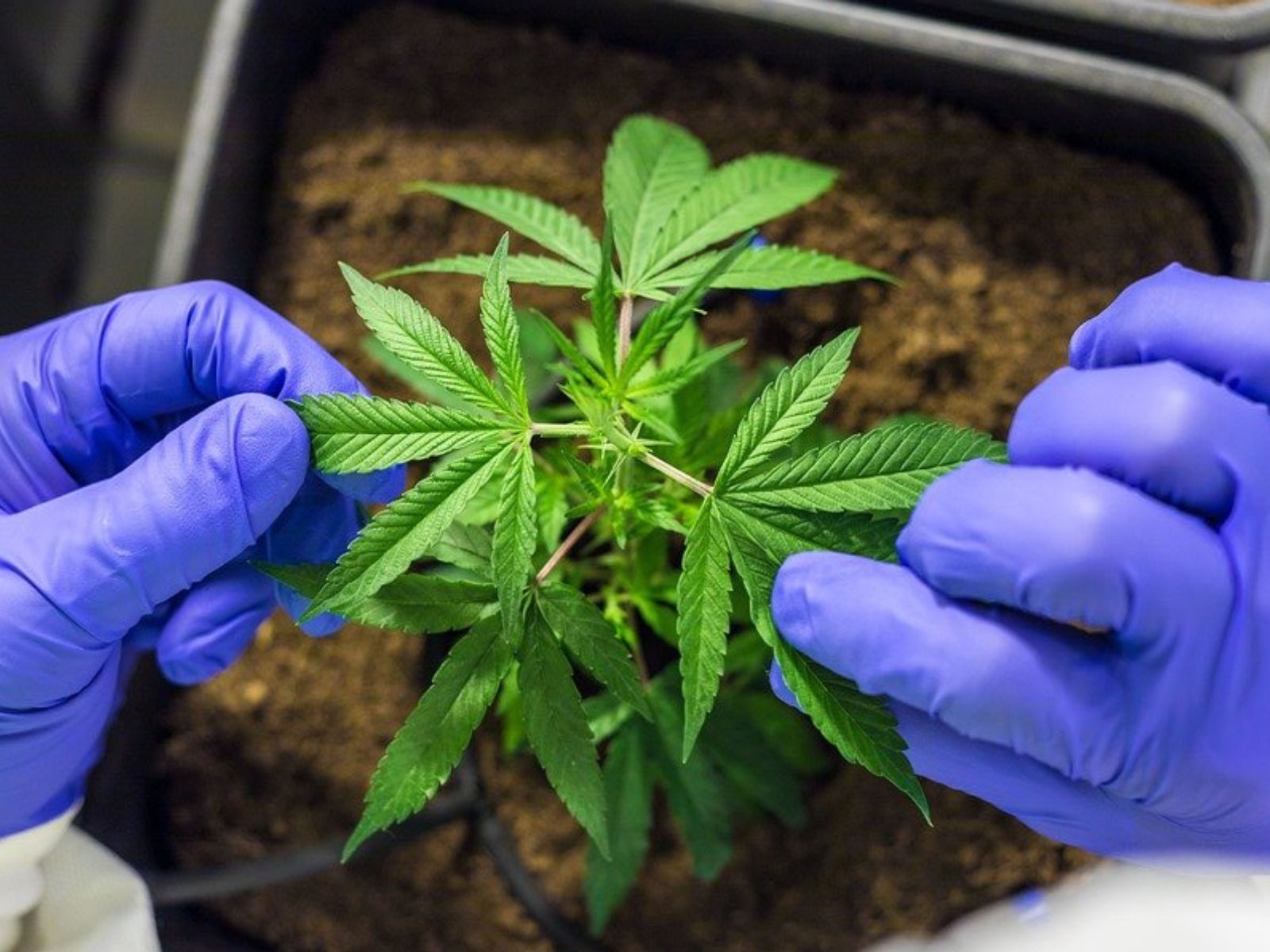
Australian Government Wants To See Evidence That Cannabis Legalization Works

Australian Government Wants To See Evidence That Cannabis Legalization Works
Last month the Australian Capital Territory (ACT) became the first jurisdiction in Australia to legalize cannabis for adult use. The ACT measure allows adults 18 years old or older within its jurisdiction to possess up to 50 grams of cannabis and cultivate up to two plants. The measure did not legalize cannabis sales.
It did not take long for Australia’s federal government to take issue with the measure’s passage, despite the measure not taking effect immediately. The measure was coupled with increases in substance addiction services in the ACT, yet despite that, Australia’s federal government is coming out strong against the measure citing societal ‘health concerns.’ Per ABC News:
Federal Health Minister Greg Hunt has penned a letter to ACT Chief Minister Andrew Barr, calling on him to produce any evidence he considered before supporting the legislation, regarding the health impacts of cannabis.
“I call on you to explain whether the ACT Government considered the international evidence on the health effects of cannabis and to provide any evidence to the contrary,” he wrote.
Cannabis has been found by a number of studies and personal patient experiences to possess tremendous wellness benefits. The cannabis plant can be used to treat a number of conditions. Below are examples of studies that have found that cannabis use is associated with better brain health:
- “Marijuana use is estimated to reduce premature deaths from diabetes mellitus, cancer, and traumatic brain injury by 989 to 2,511 deaths for each 1% of the population using Cannabis. The analysis predicts an estimated 23,500 to 47,500 deaths prevented annually if medical marijuana were legal nationwide.” - Indiana University South Bend (2017)
- “Results suggest that an ultralow dose of THC that lacks any psychotrophic activity protects the brain from neuroinflammation-induced cognitive damage and might be used as an effective drug for the treatment of neuroinflammatory conditions, including neurodegenerative diseases” - Fishbein-Kaminietsky, M., Gafni, M. and Sarne, Y. (2014)
- “A positive THC screen is associated with decreased mortality in adult patients sustaining traumatic brain injury.” - Nguyen BM, Kim D, Bricker S, Bongard F, Neville A, Putnam B, Smith J, Plurad D. (2014)
- “Various cannabinoids rescue dying neurones in experimental forms of acute neuronal injury, such as cerebral ischaemia and traumatic brain injury.” - Grundy RI (2002)
- “A synthetic substance similar to ones found in marijuana stimulates cell growth in regions of the brain.” - University of Saskatchewan (2005)
Below are examples of studies that have found that cannabis is associated with effective pain management:
- “Cannabis may be effective at ameliorating neuropathic pain, and may be an alternative for patients who do not respond to, or cannot tolerate, other drugs.” - Wilsey B, Marcotte T, Tsodikov A, Millman J, Bentley H, Gouaux B, Fishman S. (2008)
- “THC, when given at the right dose and time, prevents migraine-like pain…” - Ram Kandasamy, Cole T.Dawson, Rebecca M.Craft, Michael M.Morgan (2017)
- “Medical marijuana legalization was associated with 23% (p = 0.008) and 13% (p = 0.025) reductions in hospitalizations related to opioid dependence or abuse and opioid pain reliever overdose, respectively.” - Yuyan Shi (2017)
- “Our results support the claim that smoked cannabis reduces pain, improves mood and helps sleep.” - Mark A. Ware MBBS, Tongtong Wang PhD, Stan Shapiro PhD, Ann Robinson RN, Thierry Ducruet MSc, Thao Huynh MD, Ann Gamsa PhD, Gary J. Bennett PhD, Jean-Paul Collet MD PhD (2010)
- “Vaporized cannabis, even at low doses, may present an effective option for patients with treatment-resistant neuropathic pain.” - Wilsey B, Marcotte T, Deutsch R, Gouaux B, Sakai S, Donaghe H. (2013)
- “Cannabis demonstrated a dose-dependent reduction in diabetic peripheral neuropathy pain in patients with treatment-refractory pain.” - Wallace MS, Marcotte TD, Umlauf A, Gouaux B, Atkinson JH. (2015)
- “Currently available cannabinoids are safe, modestly effective analgesics that provide a reasonable therapeutic option in the management of chronic non-cancer pain.” - Lynch ME1, Ware MA. (2015)
- “This study shows that THC:CBD extract is efficacious for relief of pain in patients with advanced cancer pain not fully relieved by strong opioids.” - Johnson JR, Burnell-Nugent M, Lossignol D, Ganae-Motan ED, Potts R, Fallon MT. (2010)
- “Medical cannabis appears to serve as both a complementary method for symptom management and treatment of medication side-effects associated with certain chronic conditions, and as an alternative method for treatment of pain, seizures, and inflammation in this population.” - Bruce Douglas, Brady John P., Foster Elissa, and Shattell Mona (2017)
- Medical cannabis policies could reduce prescription opioid medication associated mortality, improve pain management, and significantly reduce health care costs.” - Beare Vyas, LeBaron, and Gilson (2017)
- “Pain was significantly decreased (average 27%, 95% confidence interval (CI) 9, 46) after the addition of vaporized cannabis. We therefore concluded that vaporized cannabis augments the analgesic effects of opioids without significantly altering plasma opioid levels. The combination may allow for opioid treatment at lower doses with fewer side effects.” - Abrams DI, Couey P, Shade SB, Kelly ME, Benowitz NL.(2010)
- “The preclinical and human data that do exist indicate that the use of cannabis should be taken seriously as a potential treatment of joint pain.” - Miller RJ, Miller RE (2017)
Below are examples of how cannabis is associated with a reduction of the use of harmful opioids:
- “Many pain patients substituted prescription medications with cannabis (41.2-59.5%), most commonly opiates/opioids (40.5-72.8%).” - Baron, Lucas, Eades, Hogue (2018)
- “Medical cannabis laws produce a statistically significant decrease in opioid prescription rates.” - Biles (2018)
- “The treatment of chronic pain with medicinal cannabis in this open-label, prospective cohort resulted in improved pain and functional outcomes, and a significant reduction in opioid use.” - Haroutounian S, Ratz Y, Ginosar Y, Furmanov K, Saifi F, Meidan R, Davidson E. (2016)
- “Cannabis use may decrease the use of other prescription medicines, including opioids.” - Abuhasira, Schleider, Mechoulam, Novack (2018)
- “By the end of the 21 month observation period, MCP enrollment was associated with 17.27 higher age- and gender-adjusted odds of ceasing opioid prescriptions (CI 1.89 to 157.36, p = 0.012), 5.12 higher odds of reducing daily prescription opioid dosages (CI 1.56 to 16.88, p = 0.007), and a 47 percentage point reduction in daily opioid dosages relative to a mean change of positive 10.4 percentage points in the comparison group (CI -90.68 to -3.59, p = 0.034). The monthly trend in opioid prescriptions over time was negative among MCP patients (-0.64mg IV morphine, CI -1.10 to -0.18, p = 0.008), but not statistically different from zero in the comparison group (0.18mg IV morphine, CI -0.02 to 0.39, p = 0.081). Survey responses indicated improvements in pain reduction, quality of life, social life, activity levels, and concentration, and few side effects from using cannabis one year after enrollment in the MCP (ps<0.001).” - Vigil, Stith, Adams, Reeve (2017)
- “Among respondents that regularly used opioids, over three-quarters (76.7%) indicated that they reduced their use since they started medical cannabis.” - Piper BJ1,2,3, DeKeuster RM4,5, Beals ML6, Cobb CM4,7, Burchman CA8,9, Perkinson L10, Lynn ST10, Nichols SD11, Abess AT12 (2017)
- “Among study participants, medical cannabis use was associated with a 64% decrease in opioid use (n = 118), decreased number and side effects of medications, and an improved quality of life (45%). This study suggests that many CP patients are essentially substituting medical cannabis for opioids and other medications for CP treatment, and finding the benefit and side effect profile of cannabis to be greater than these other classes of medications.” - Boehnke KF, Litinas E, Clauw DJ. (2016)
- “Sixty seven percent of patients stopped using opioid medications after using medical cannabis. In addition, 29 percent of patients reported a decrease in the number of opioid medications after starting medical cannabis.” - Aclara Research (2017)
- “All prescriptions for scheduled medications must be reported to the New Mexico Prescription Monitoring Program with opiates and benzodiazepines being the two most common. Based on these prescription records, patients enrolled in the medical cannabis program reduced the monthly average number of prescriptions, types of prescriptions (drug classes), number of prescribers, and number of related pharmacy visits. 71% of medical cannabis program enrollees either ceased or reduced their use of scheduled prescriptions within 6 months of enrolling.” - Stith, S. S., et al (2017)
- “The growing body of research supporting the medical use of cannabis as an adjunct or substitute for opioids creates an evidence-based rationale for governments, health care providers, and academic researchers to consider the implementation and assessment of cannabis-based interventions in the opioid crisis.” - Philippe Lucas (2017)
- “The majority of patients in this study believed that medical marijuana is a valid treatment and that it does have a role in reducing post-injury and post-operative pain. Those patients who used marijuana during their recovery felt that it alleviated symptoms of pain and reduced their opioid intake.” - Heng, Marilyn MD, MPH, FRCSC; McTague, Michael F. MPH; Lucas, Robert C.
The studies listed above are just the tip of the iceberg. Cannabis use is not harmful to society – cannabis prohibition is harmful to society. The successful ACT reform measure will help law enforcement focus on fighting real crime. The territory will also save a considerable amount of public revenue from not having to enforce such a harmful, failed public policy.
Health Minister Greg Hunt is asking what was taken into consideration by ACT lawmakers prior to passing the legalization measure? The concerns that are being raised by Minister Hunt never became a reality in the growing list of jurisdictions that have legalized cannabis in various parts of the world, which begs the question – what exactly did Minister Hunt consider prior to starting his reefer madness campaign directed at the sensible law passed in the ACT? Was it science and logic, or was it outdated, harmful political opinions?
Share article
Ticket Prices increase
JANUARY 28

Ticket Prices increase
JANUARY 28

Ticket Prices increase
JANUARY 28
Join Our Awesome Community
Join Our Awesome Community
Join Our Awesome
Community
Get all the latest industry news
delivered to your inbox





